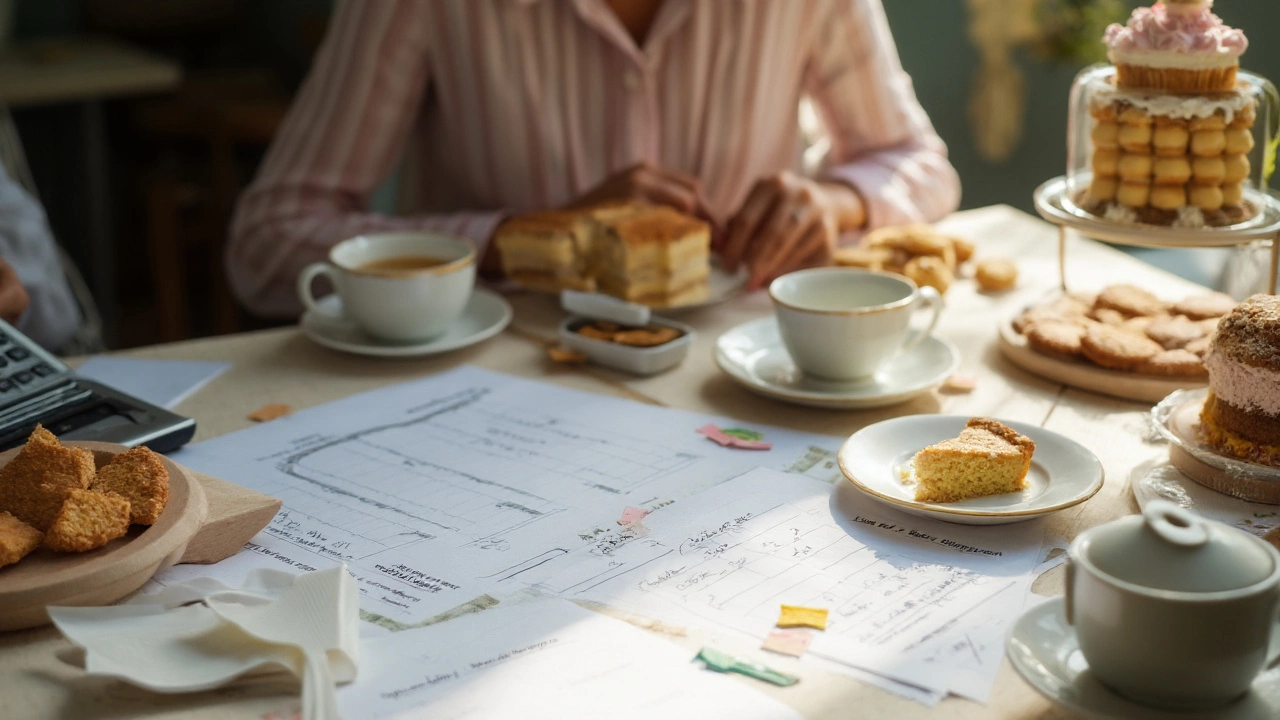Wedding Cake Servings: How to Get the Right Number of Slices
Planning a wedding cake can feel like a math problem, especially when you want enough slices for every guest without waste. Below you’ll find a step‑by‑step guide that shows how to size each tier, figure out total servings, and serve the cake smoothly on the big day.
Start With Guest Count and Cake Tier Basics
First, write down the exact number of guests you’ll serve dessert. Most couples use the final RSVP list, not the invitation list, because a few people always decline.
Next, decide how many tiers you want. A common choice is two tiers for a small wedding (50‑80 guests) and three tiers for larger events (100‑200 guests). Each tier has a standard serving capacity:
- 5‑inch round: 12‑15 slices
- 6‑inch round: 20‑25 slices
- 8‑inch round: 35‑40 slices
- 10‑inch round: 50‑55 slices
- 12‑inch round: 70‑80 slices
- 15‑inch round: 115‑130 slices
These numbers assume a typical wedding‑size slice (about 2 inches wide). If you prefer bigger or smaller pieces, adjust the estimate up or down by roughly 10%.
Calculate Total Servings Tier By Tier
Let’s say you have 130 guests. A three‑tier cake of 8‑inch, 10‑inch, and 12‑inch rounds gives you about 35 + 55 + 75 = 165 slices. That gives you 35 extra pieces for staff, cake testers, and any late‑arriving guests.
If you’re on a tighter budget, you could drop the bottom tier to a 10‑inch round (55 slices) and still have 90 slices left for guests. You might then serve a small cake pop bar or cupcakes to fill the gap.
When you have a vegetarian or gluten‑free crowd, plan a separate mini‑cake or cupcakes for those guests. That way the main cake’s serving count stays accurate.
Practical Tips for Cutting and Serving
Ask your baker to mark the cake with guide lines before it arrives. A simple ruler or string can help the cutter make even pieces quickly.
Designate a lead server who knows the order of cutting: start with the top tier, then move down. This prevents the lower tiers from being smashed when the upper layers are removed.
If you’re worried about timing, have the top tier pre‑cut and stored in a cooler. Bring it out just before dessert so it stays fresh.
Don’t forget about leftovers. Most bakers will freeze any extra cake for you to take home. Pack it in airtight containers to keep the flavor.
Finally, keep a small spare plate and fork handy for guests who want a second piece. It’s a simple courtesy that makes the serving line run smoother.
With these calculations and tips, you’ll avoid the panic of running out of cake or ordering too much. The result is a happy crowd, a beautiful cake, and a stress‑free dessert service you’ll remember fondly for years.
What Percentage of Wedding Guests Eat Cake? Real Numbers, Rules of Thumb, and How Much to Order
Wondering how much cake to order? See the real percentage of guests who eat cake, why it varies, and a simple calculator to nail your wedding cake quantity.
Read more